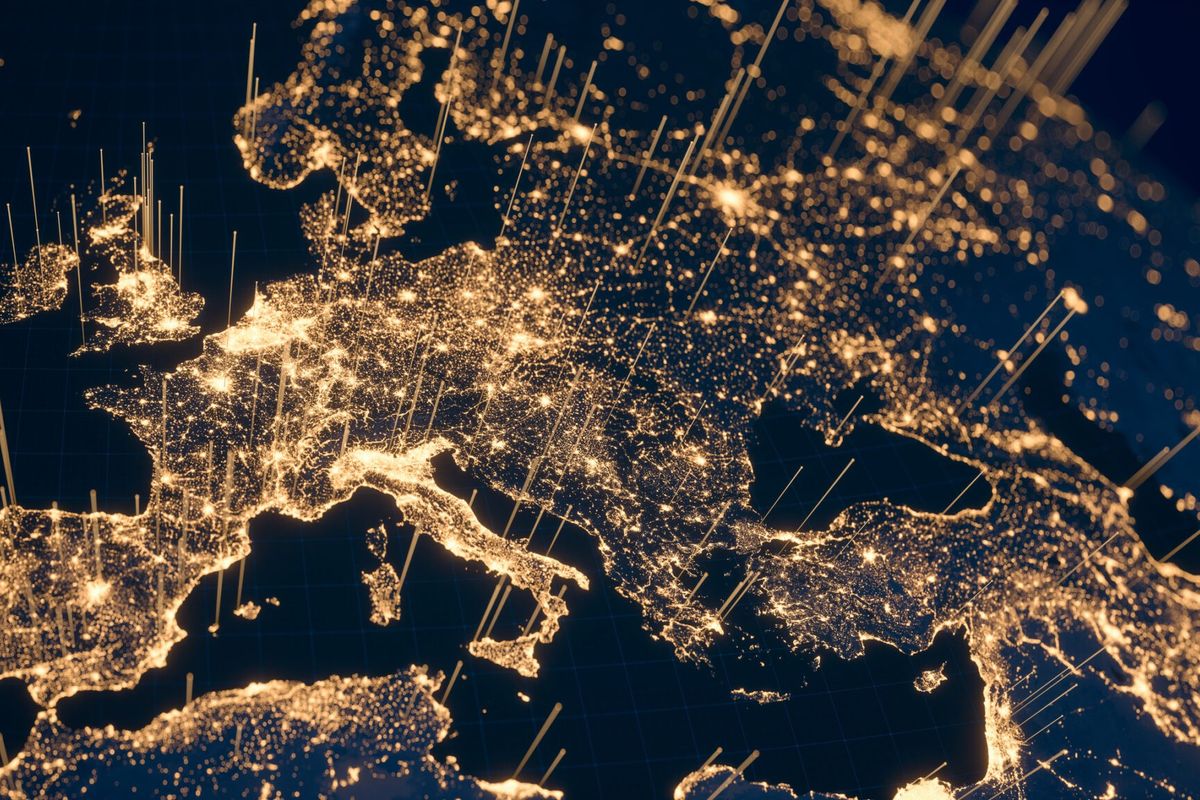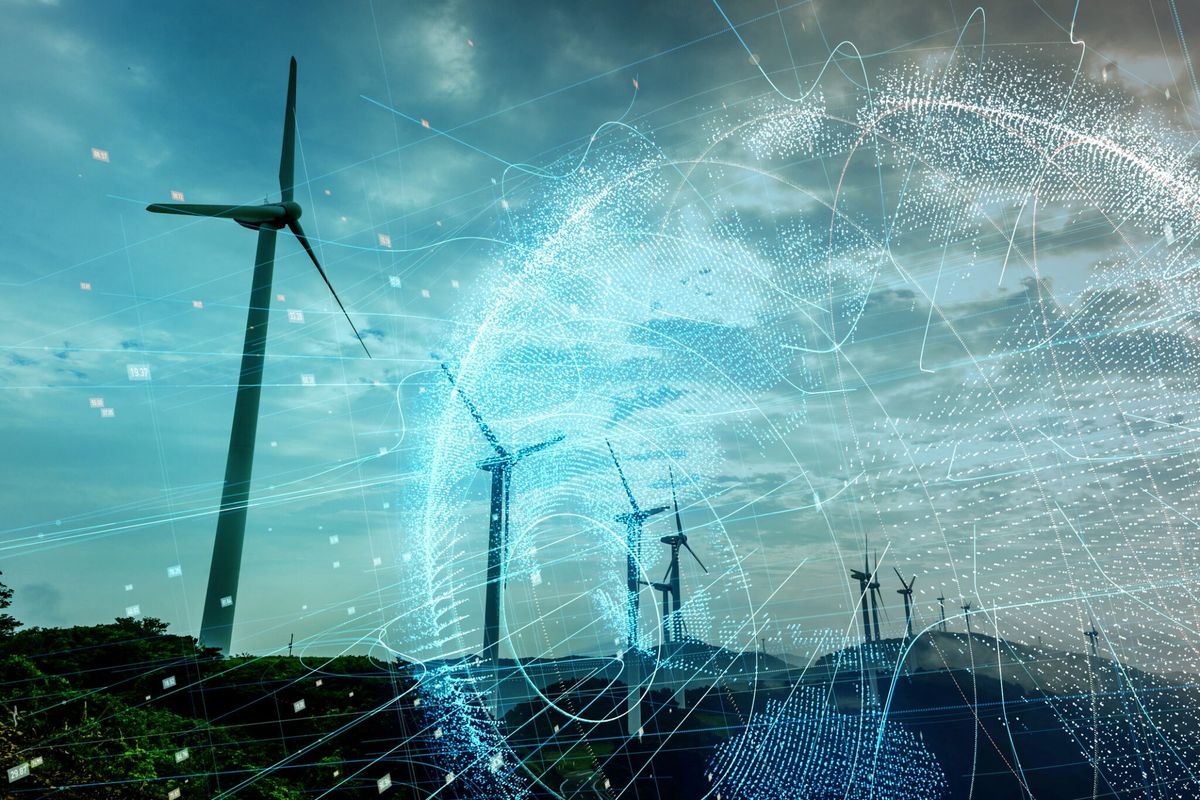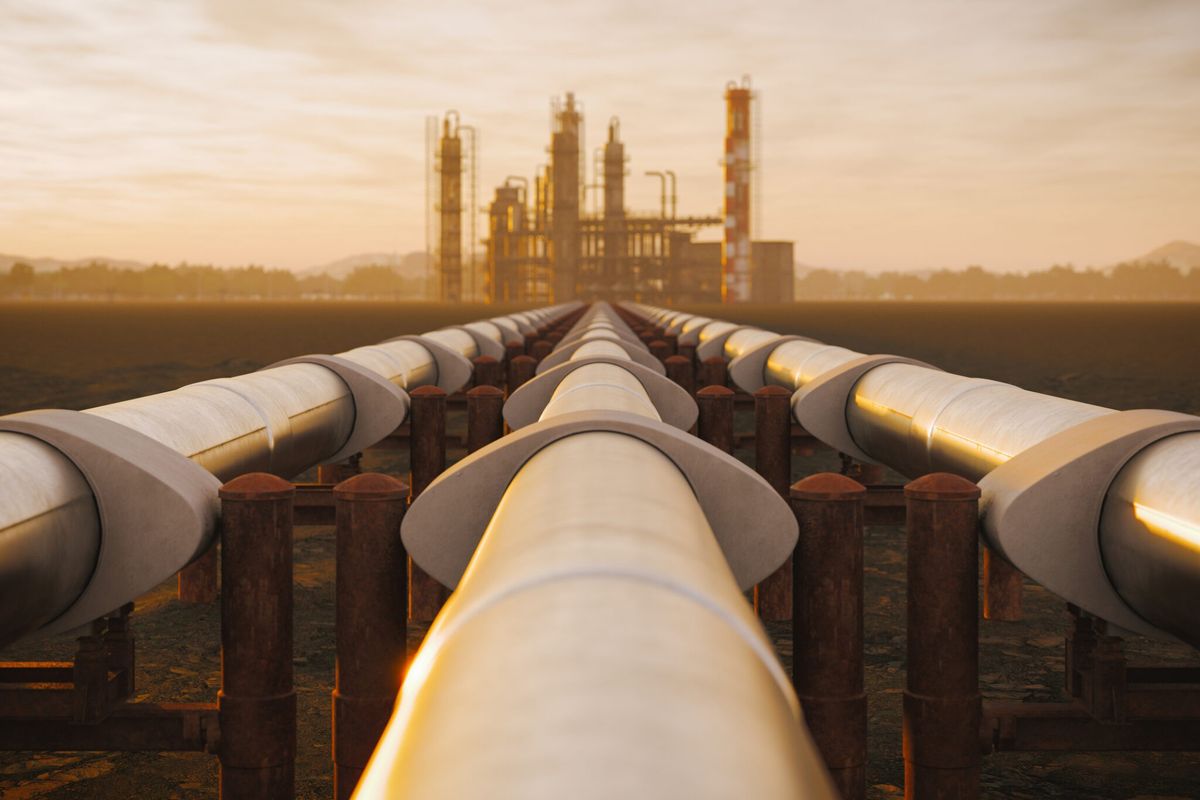While Iran and North Korea nuclear challenges capture the news, another nuclear front is unfolding – in nuclear energy. President Donald Trump, speaking last Thursday at the Department of Energy, called for several initiatives to propel “American energy dominance,” and heading his list was the revival and expansion of the U.S. nuclear energy sector. The details are yet to be revealed as he has called for a complete review of U.S. nuclear energy policy. Such a review is overdue.
Domestic nuclear energy issues run abound.
- The industry has floundered in the U.S. as cheaper electric energy sources have become available. New U.S. power plant construction has been plagued with cost overruns and delays, some regulatory as new plant technologies are deployed. Plant closures grow. Pittsburgh-based Westinghouse, a Toshiba-owned company, is in bankruptcy, upending its domestic and overseas contracts.
- Nuclear waste is also a problem. U.S. plants in more than 30 states store tens of thousands of tons of radioactive waste, and new studies contend that leaving that waste on some high-risk sites invites catastrophe. Restarting the proposed repository in Nevada’s Yucca Mountain, abandoned under the Obama administration due to state opposition, should be considered, but will take much time.
- And cyber threats continue to be hard to prevent. A hack last week on at least one nuclear power plant – albeit not its operating systems – worried the industry, and was just the latest example of cyber worries cited by the head of the International Atomic Energy Agency (IAEA).
Given all this, why invest in nuclear? France, Germany, Japan, Spain, Switzerland, and others are dialing down their nuclear investments. In June, South Korea’s new liberal President Moon Jae-in announced he will decrease domestic nuclear power reliance due to risks (and this while South Korea builds the United Arab Emirates’ first nuclear power plants).
Why support nuclear? As President Trump said, paradoxically given his pullout from the Paris climate accords, nuclear power represents “clean, renewable, and emissions-free energy” (although renewable depends on the definition). That may be true, but the international, strategic issues of nuclear energy should be the ones prompting the Administration’s rethink. Other countries’ state-supported nuclear industries are growing, both domestically and in their export markets. China and Russia are looking literally to cement relationships with countries from Turkey and Jordan to Namibia and Belarus that will last for decades as they plan to construct and operate new power plants overseas. Those new strategic relationships will also build domestic jobs in support of overseas construction. And perhaps most important for international security, any country that leads in nuclear energy will likely lead in defining international nuclear safety, security, and nonproliferation norms and standards. Does the United States trust China and Russia to do that?
However, a larger question should lead. Do developing countries really want the new nuclear plant deals they are negotiating? Nuclear power understandably expands in growing countries like India and China, where a stable, baseload source of electricity is needed that doesn’t further pollute the air. However, developing countries’ expansion into nuclear research and power is curious. Partly, it’s the result of the 1970 Nonproliferation Treaty, in which the five nuclear weapon states of that era (China, France, Russia, United Kingdom, United States) agreed to work toward disarmament while sharing the peaceful uses of nuclear energy with non-weapon state signatories who agree not to develop nuclear weapons. The push to expand nuclear energy uses began with these nuclear exporters and with the support of the IAEA. So while nuclear energy indeed offers many benefits in agriculture, medicine and other fields, nuclear power itself is a tradeoff of stable energy vs. safety and security risks.
How to thread this needle? Consider new technologies and increased owner/manager responsibility.
Some new reactor technologies have been and are being developed with passive safety mechanisms and better attention to security. However, like many first-of-a-kind efforts, schedules and costs can be unpredictable. Regulatory uncertainty adds to those, which for large plants become huge project risks. If any nuclear technology will win the future, it will likely be in the form of small modular reactors. These can be factory built and improved iteratively. However, more work is needed on designs, and many countries are already pursuing or starting to look at them. The first regulator-approved units that work economically will grab the international market.
U.S. Energy Secretary Rick Perry spoke last Tuesday about the need to reduce regulation. Industry will be asked for suggestions, including for areas of over-regulation. If industry wants largesse from the Trump Administration and reduced regulatory burdens from what will soon be a new Nuclear Regulatory Commission, owners and operators must realize they will take on increased responsibility for demonstrating good safety and security beyond minimum regulatory compliance. And this will need to be demonstrated to the public.
The nuclear energy policy review should bring all stakeholders together to weigh these complex issues for a much-needed transparent discussion. It will be one in which compromises will be inevitable.












